There was a time when Indian jewellery was synonymous with heritage—something passed down through generations, worn at weddings, and locked away in velvet-lined boxes. Today, it’s a global phenomenon, dazzling on the world’s biggest fashion runways, red carpets, and luxury storefronts. From Manhattan’s high-fashion districts to Middle Eastern opulence, Indian jewellery designers are no longer confined to the subcontinent’s glittering bazaars. They are redefining luxury, one exquisite creation at a time. Their journey is not just about adornment; it’s a celebration of India’s rich heritage but reimagined for the world.

1. Sabyasachi Mukherjee: The crown jewel of Indian luxury
Sabyasachi Mukherjee isn’t just a designer; he's a revolution in the world of luxury. With 25 years of redefining regal aesthetics, his creations have become synonymous with grandeur. His flagship store in New York’s Soho is now a pilgrimage site for luxury connoisseurs, almost becoming a bridge between the Eastern opulence and Western sophistication. Each piece from Sabyasachi’s collections is not just jewellery; it’s an heirloom in the making. His collaborations with icons like H&M and Christian Louboutin and his exclusive showcase at Mumbai’s Jio World Convention Centre in 2025 have again and again cemented his place as an international icon of Indian luxury. They say when you wear Sabyasachi, you wear history, reinvigorated for today’s world.
2. Amrapali Jewels: Where heritage meets haute couture
For those who believe jewellery should tell a story, Amrapali is the perfect narrator. Celebrated for reviving ancient Indian art forms like kundan, meenakari, and polki, Amrapali has carved a niche that has gone global. In 2025, the brand made waves at the India Jewellery Exposition in Dubai, bringing bold, statement-making pieces that turned heads in the Middle East and Europe. Their collaborations with international designers have again added to the reputation as a connecting link between India’s artistic legacy and global contemporary aesthetics.
3. Ananya Malhotra: Redefining Indian jewellery for the world
Ananya Malhotra is not just designing jewellery, she’s designing conversations. Her creations are all into reinterpreting traditional Indian motifs in ways that pulls a global audience. The Indian diaspora adores her work, but she’s also drawing in collectors with no ties to India—just an eye for extraordinary designs. The **Financial Times** even posed the question: *What makes Ananya Malhotra the hautest name in fine jewellery?* The answer? Innovation, individuality, and an effortless blend of heritage with avant-garde sensibility. Ananya is creating jewellery that isn’t just worn, it’s experienced, sparking conversations wherever it goes.
4. Viren Bhagat: The Artisan’s with timeless designs
In a world where mass production often overshadows craftsmanship, Viren Bhagat remains an absolute purist. His jewellery is not for the mainstream, it’s for the connoisseur. Known for presenting distinctively Indian designs at prestigious event, Bhagat’s work is celebrated for its impeccable artistry and limited-edition exclusivity. His clientele includes both Indian collectors and a growing global audience truly enchanted by the intricate details and rich cultural storytelling of his pieces. For Bhagat, true luxury lies not in quantity, but in the extraordinary design that makes each piece uniquely priceless.
5. Anita Dongre’s Pinkcity: A royal affair with modern elegance
Anita Dongre’s Pinkcity is more than just a jewellery line it’s more like a tribute to Rajasthan’s royal heritage. With handcrafted jadau pieces that blend the grandeur of Indian royalty with contemporary finesse, Pinkcity has been making waves internationally. Dongre’s eye for global expansion isn’t new. In 2023, she collaborated with Mattel to design the first-ever **Diwali Barbie doll**, a historic move that put Indian culture in the global toy industry. Her jewellery has adorned icons like Hillary Clinton and the Duchess of Cambridge, Kate Middleton, bringing Pinkcity international visibility. Her ethos? Sustainability and ethical craftsmanship. At a time when conscious luxury is more than just a buzzword, Pinkcity is leading the front in preserving Indian jewellery-making techniques all the while embracing modern design sensibilities.
A gilded future: India’s jewellery renaissance on the global stage
Indian jewellery is no longer confined to the bustling bazaars of Jaipur or the high-end boutiques of Mumbai. It’s rocking the red carpets of Hollywood, the storefronts of New York, and gracing the collector’s vaults of London. These designers are not just selling jewellery; they’re almost exporting a piece of India’s soul—one gemstone, one intricate detail, one timeless design at a time.
From royal heirlooms to modern masterpieces, India's jewellery is now a global iconGetty Images
With a future as dazzling as the pieces they create, these designers are pushing the boundaries of what luxury means. As their influence grows, the world isn’t just buying Indian jewellery, they’re coveting it. And this is just the beginning of India’s gilded rise on the global stage.



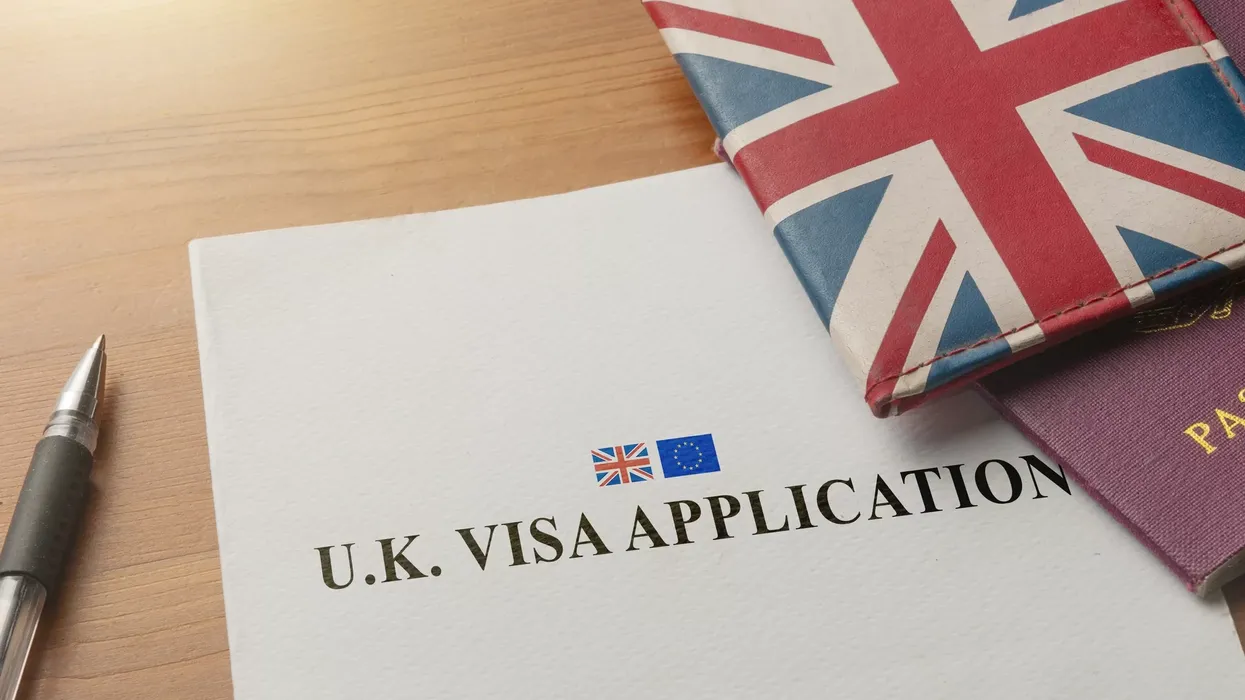
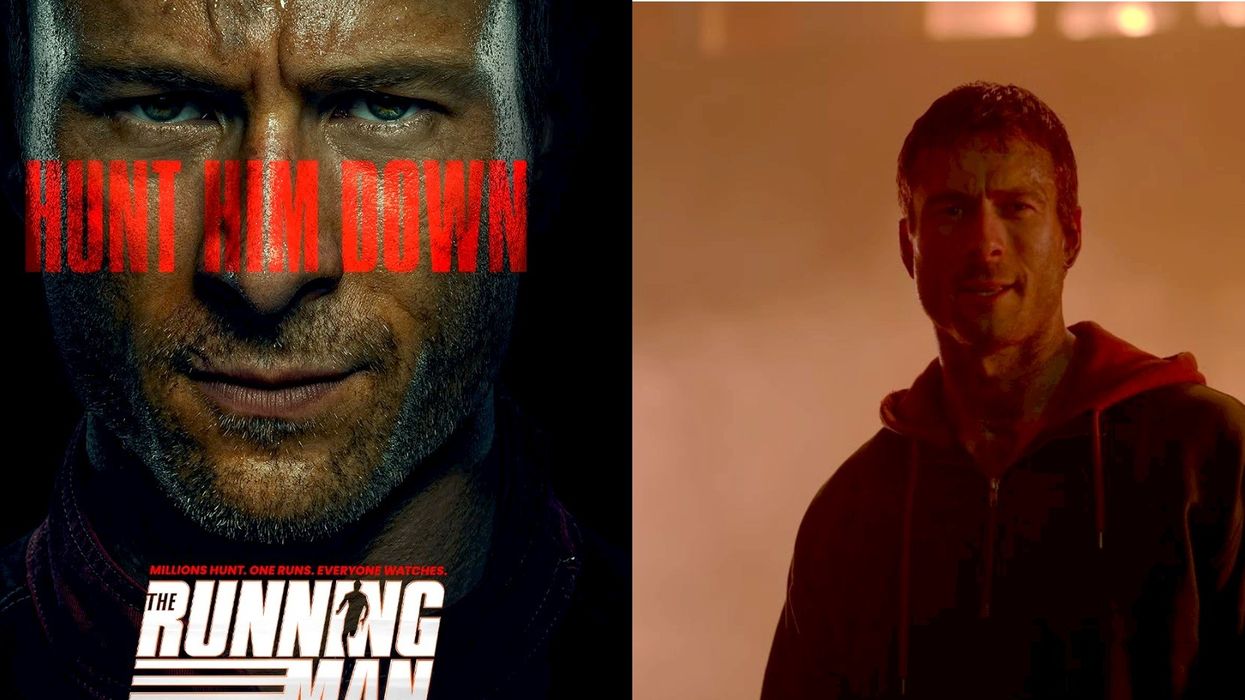

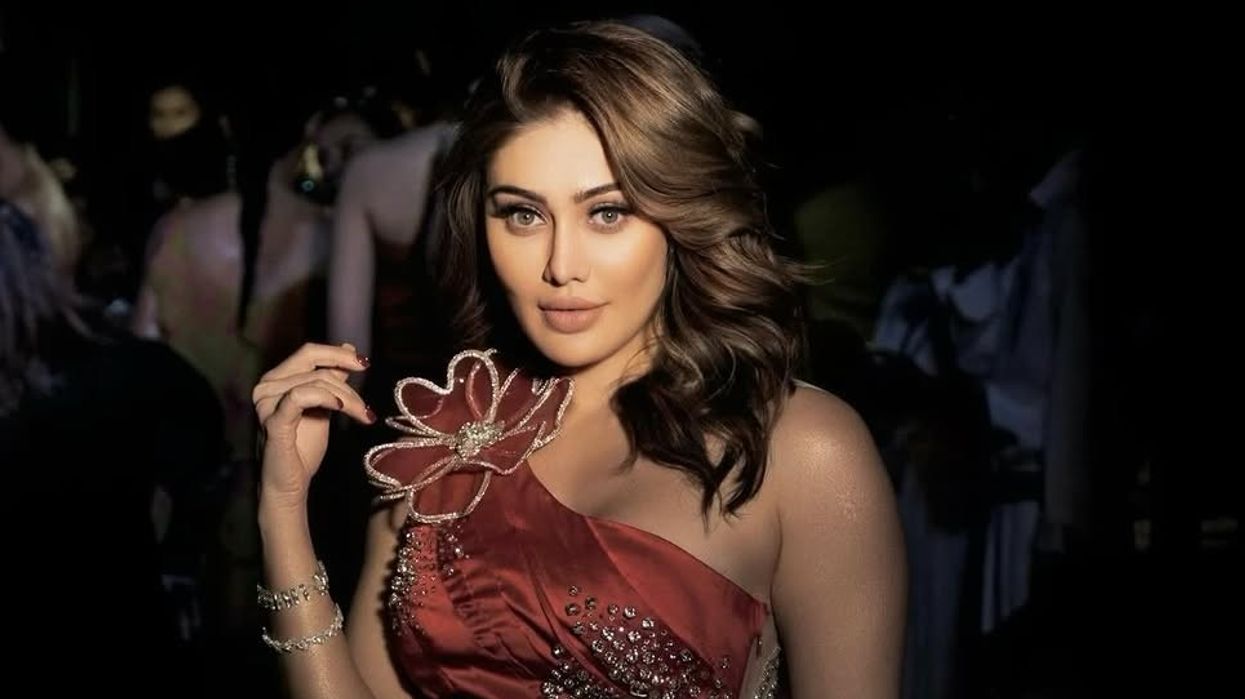
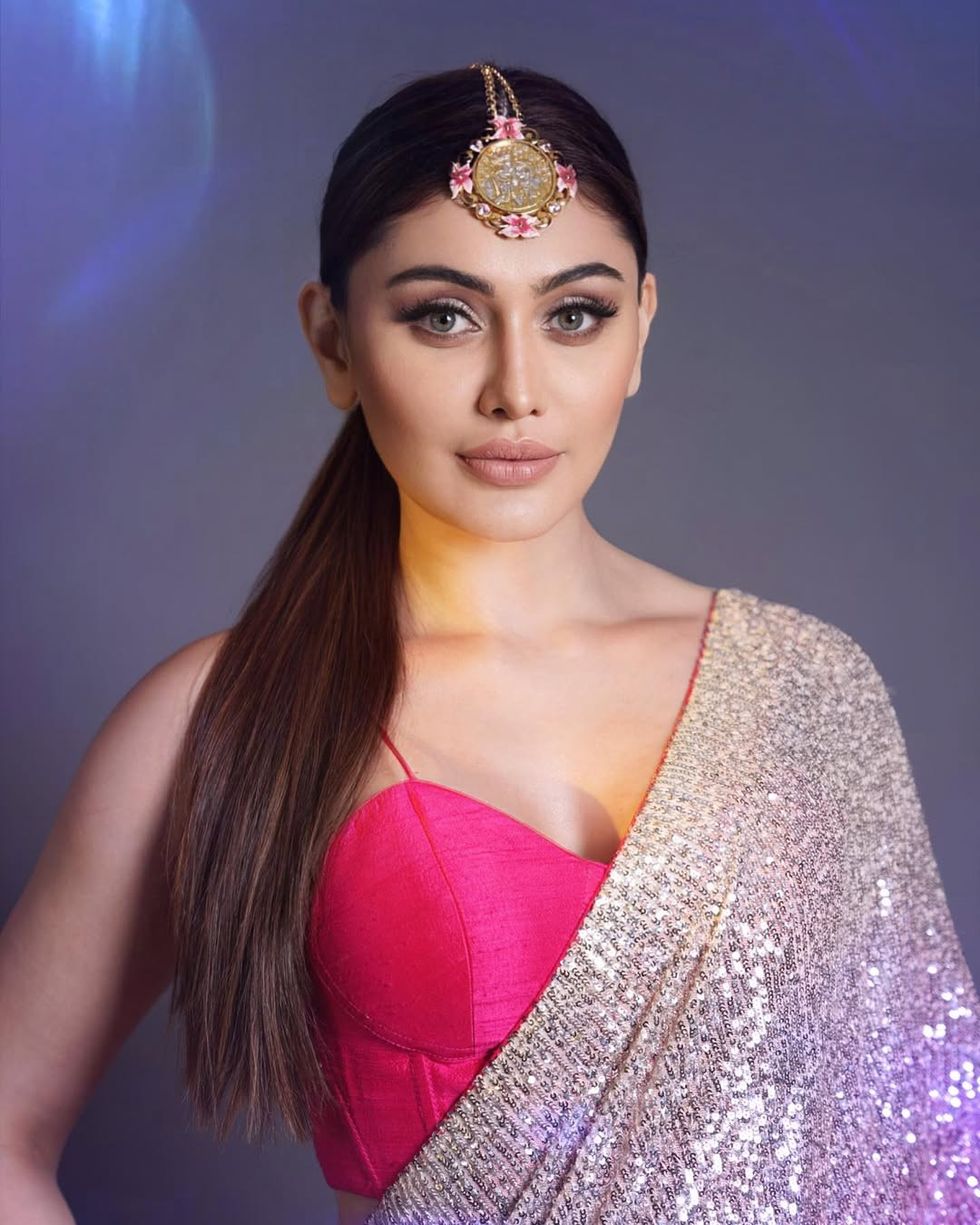 Shefali Jariwala death raises concern over anti ageing drugs and self medication Instagram/shefalijariwala
Shefali Jariwala death raises concern over anti ageing drugs and self medication Instagram/shefalijariwala 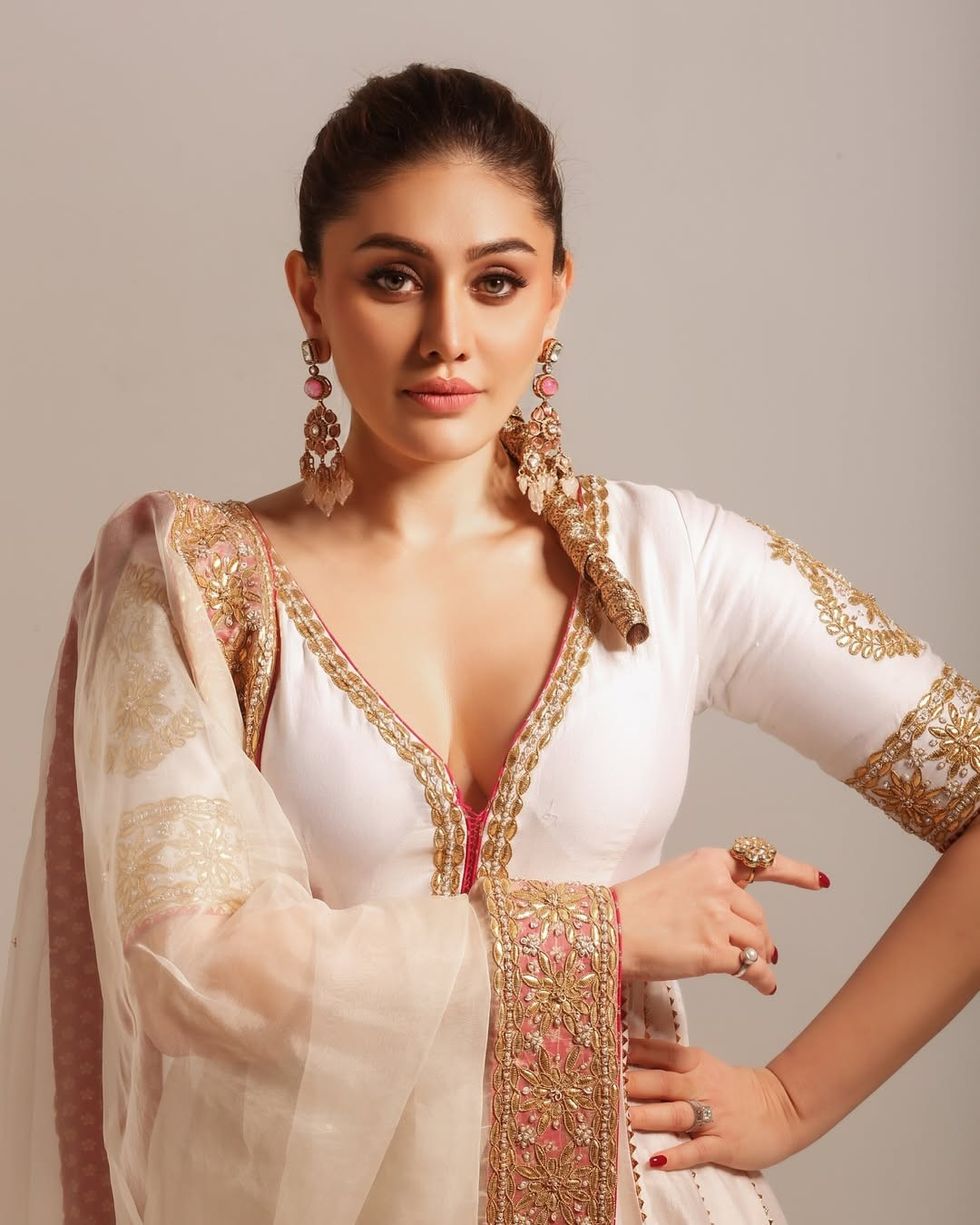 Anti ageing pills found at Shefali Jariwala home spark health safety debate Instagram/shefalijariwala
Anti ageing pills found at Shefali Jariwala home spark health safety debate Instagram/shefalijariwala 









 Prada confirms Kolhapuri chappals inspired its 2026 Milan collectionInstagram/
Prada confirms Kolhapuri chappals inspired its 2026 Milan collectionInstagram/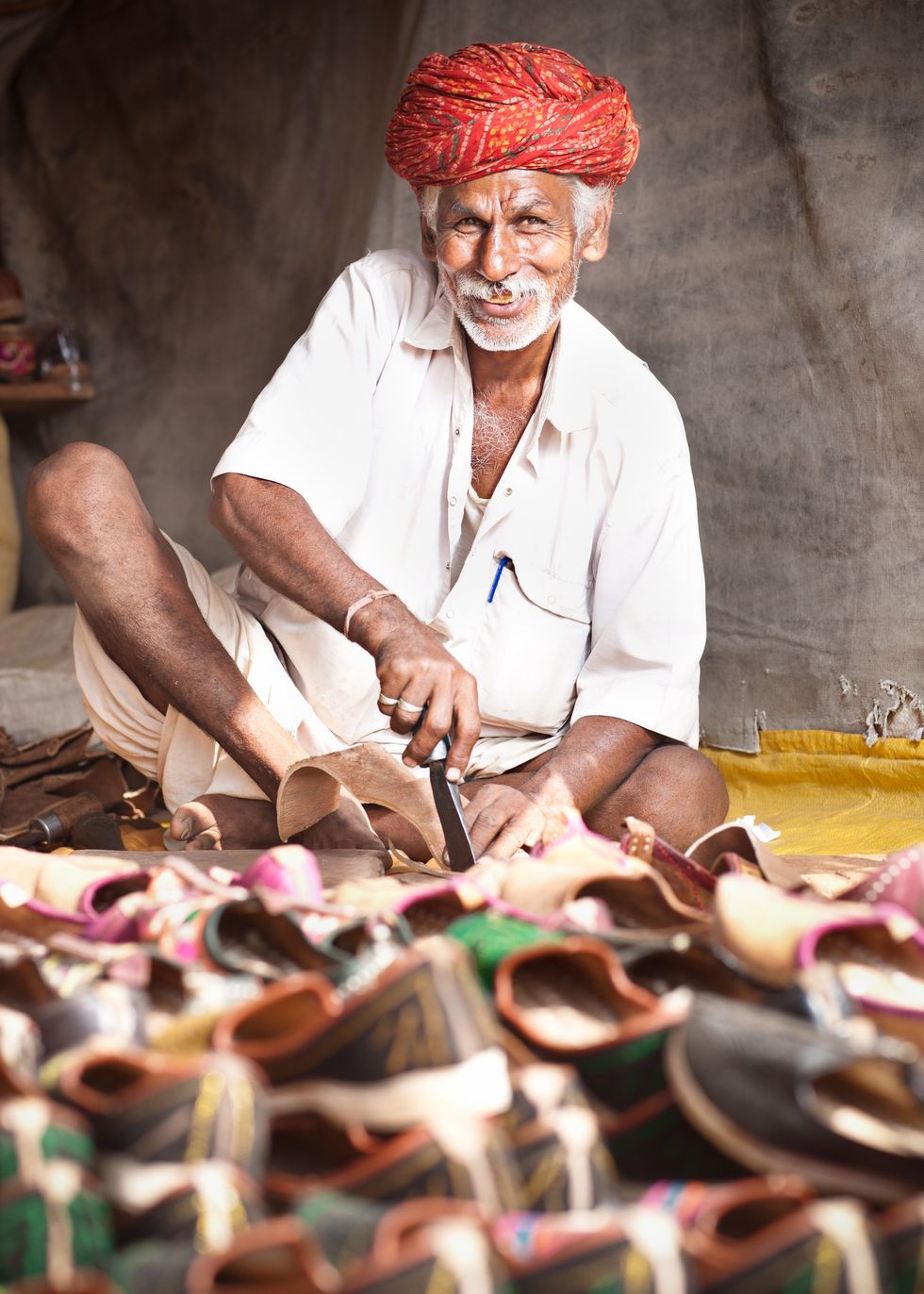 Kolhapuri chappals have been crafted for centuries and received GI tag in 2019 iStock
Kolhapuri chappals have been crafted for centuries and received GI tag in 2019 iStock 
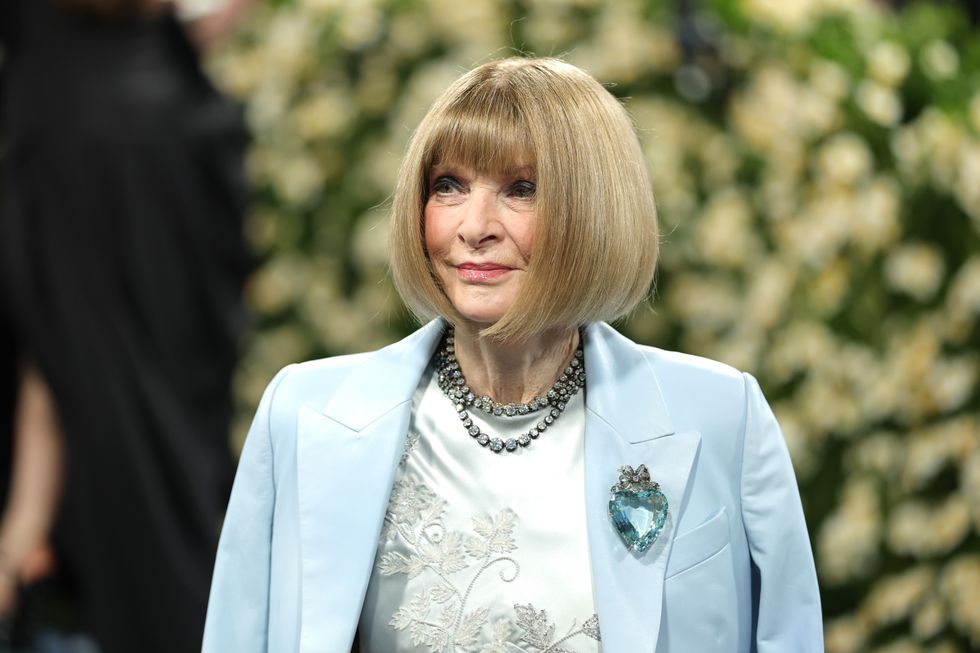 Wintour also became synonymous with the Met GalaGetty Images
Wintour also became synonymous with the Met GalaGetty Images
 Your hair benefits from sun protection tooDimps Sanghani
Your hair benefits from sun protection tooDimps Sanghani Both chlorine and saltwater strip hair of natural oils, leaving it brittleiStock
Both chlorine and saltwater strip hair of natural oils, leaving it brittleiStock Using too many styling products in hot weather can weigh hair down and attract grimeiStock
Using too many styling products in hot weather can weigh hair down and attract grimeiStock
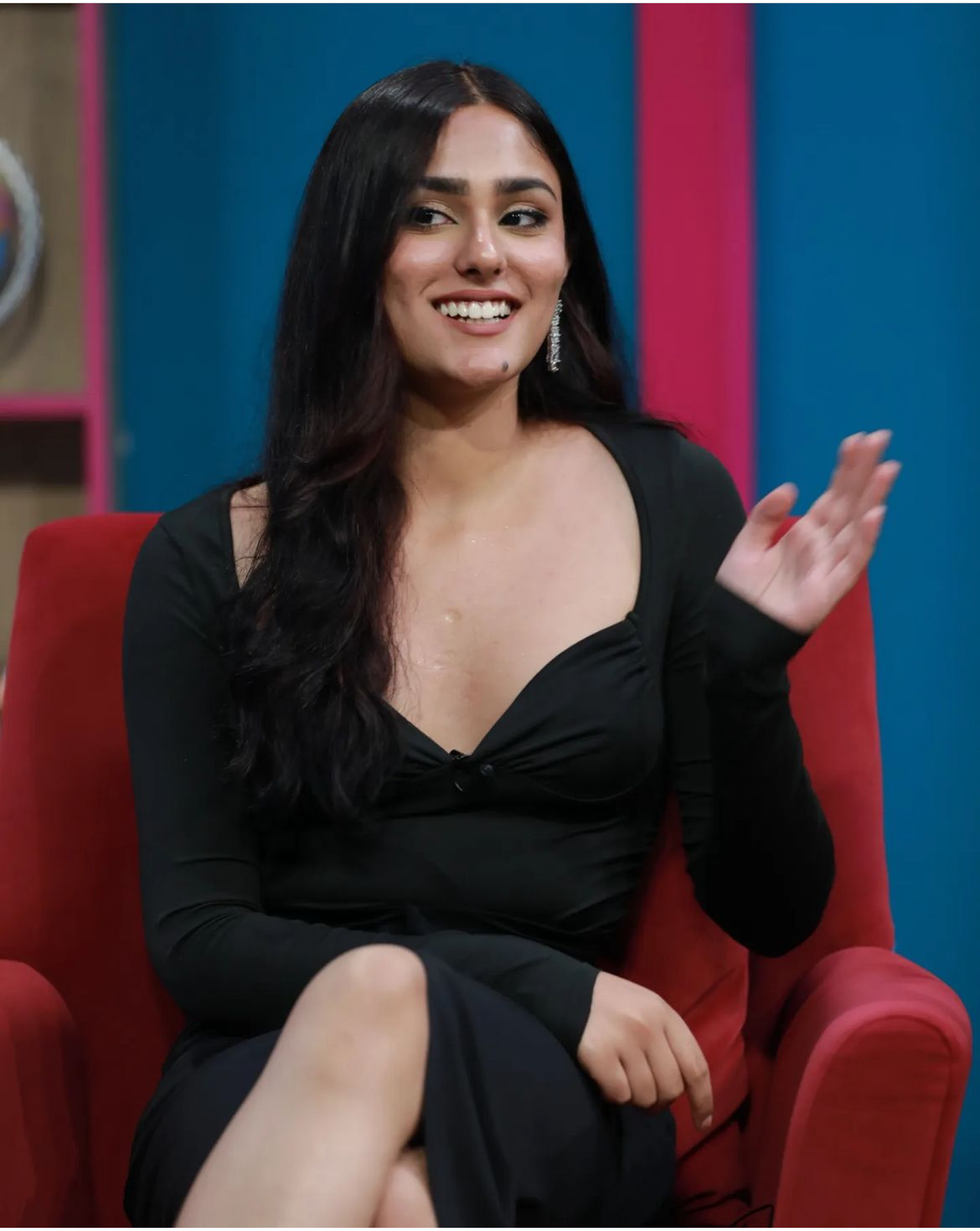 Pride is about honouring those who came before us and ensuring our stories are not lostInstagram / elladverma
Pride is about honouring those who came before us and ensuring our stories are not lostInstagram / elladverma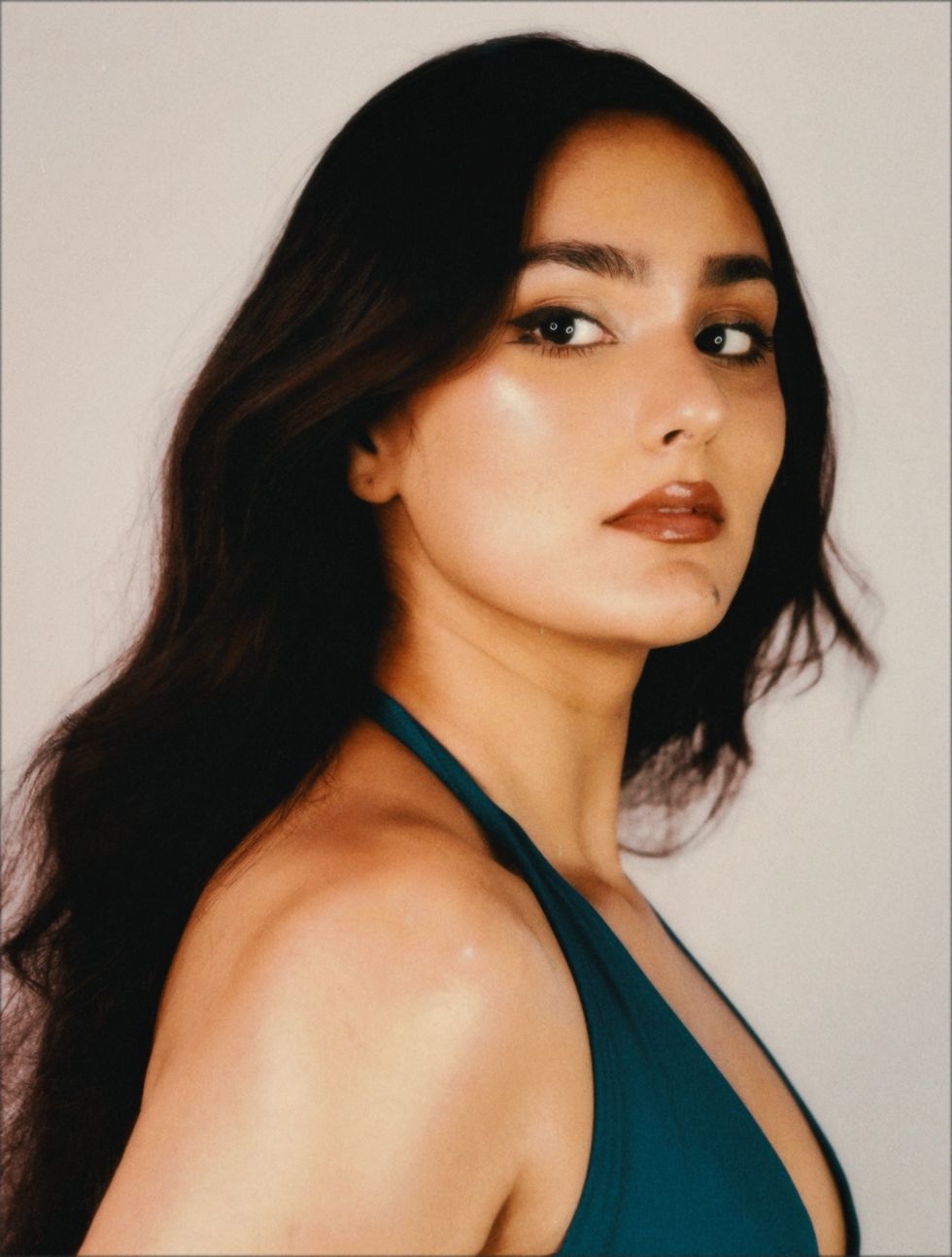 Lockdown made me realise the fragility of lifeInstagram / elladverma
Lockdown made me realise the fragility of lifeInstagram / elladverma You cannot make meaningful change without representation in mainstream mediaInstagram / elladverma
You cannot make meaningful change without representation in mainstream mediaInstagram / elladverma